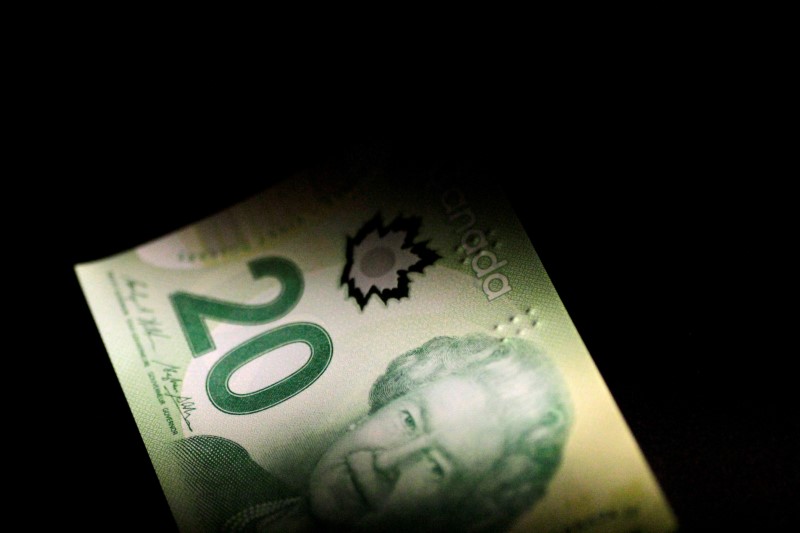TORONTO (Reuters) - The Canadian dollar weakened to a nearly seven-week low against its U.S. counterpart on Tuesday, with the currency breaking out of its recent holding pattern as oil prices fell and the greenback broadly gained.
The price of oil, one of Canada's major exports, retreated from its highest in 3-1/2 years ahead of an announcement by U.S. President Donald Trump due later in the day on whether the United States will reimpose sanctions on Iran.
U.S. crude (CLc1) prices were down 0.92 percent at $70.08 a barrel.
The U.S. dollar (DXY) surged to a 2018 high against other major currencies as a rout of the euro prompted traders to buy the greenback despite some concerns its rally may have been too quick.
At 9:09 a.m. EDT (1309 GMT), the Canadian dollar <CAD=D4> traded 0.7 percent lower at C$1.2975 to the greenback, or 77.07 U.S. cents. The currency hit its weakest since March 21 at C$1.2985.
Losses for the loonie came as investors weighed prospects for the North American Free Trade Agreement.
Senior Canadian, U.S. and Mexican officials met on Monday to try to rescue slow-moving talks to update the NAFTA trade pact in a new bid to resolve key issues before regional elections complicate the process.
Canadian government bond prices were lower across the yield curve in sympathy with U.S. Treasuries.
The two-year (CA2YT=RR) dipped 3 Canadian cents to yield 1.931 percent and the 10-year (CA10YT=RR) declined 15 Canadian cents to yield 2.344 percent.
Canadian housing starts declined in April to a seasonally adjusted annual rate of 214,379 units as builders responded to slowing sales in Toronto, Canada's largest city, data from the Canada Mortgage and Housing Corp showed on Tuesday.
Canada's jobs report for April is due on Friday.
